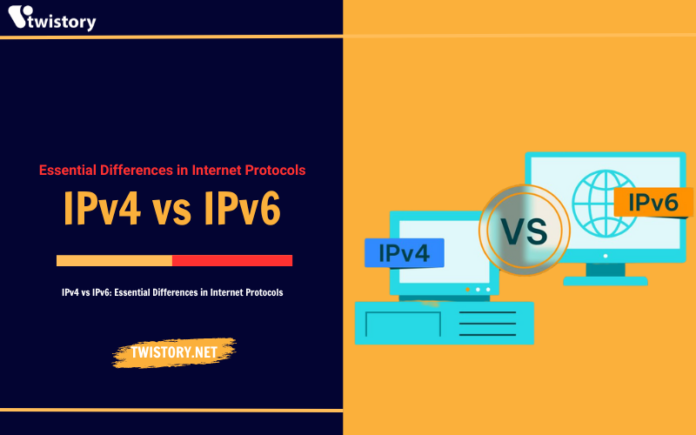Are you puzzled by the distinctions between IPv4 and IPv6?
The term IP stands for Internet Protocol, which is a set of rules that govern how devices communicate on a network. The “v” in IPv4 and IPv6 indicates that they are different versions of this protocol, each with its own unique characteristics and capabilities. The distinctions between IPv4 and IPv6 are significant, as they represent the evolution of the Internet’s core communication method.
In this article, Twistory will delve into the nuances that set IPv4 and IPv6 apart, exploring the IPv4 vs IPv6 debate. From their technical specifications to their global adoption, we’ll provide you with all the information you need to grasp the key differences between these two pivotal versions of Internet Protocol.
What is the Internet Protocol (IP)?
The Internet Protocol (IP) is a crucial set of guidelines that facilitate the movement of data packets through various networks, ensuring they reach their intended destinations. When a computer sends out information, it is segmented into smaller units known as packets. Each packet is embedded with IP details to guide it accurately to its target.
Internet Protocol (IP)
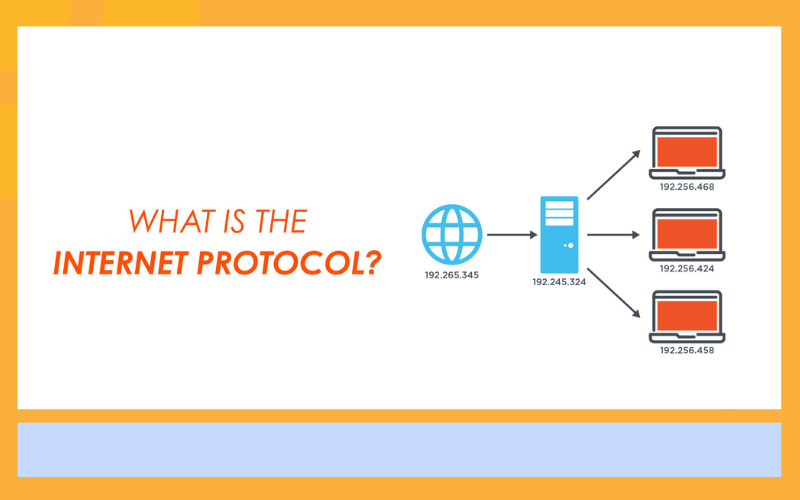
A key element in this process is the unique IP address assigned to every device or domain on the Internet, distinguishing it from others. This includes your personal computer, whose IP address you might have seen when using online tools that reveal your IP and approximate location—unless you’re under the protection of a VPN.
An IP address typically resembles the following format:
192.168.10.150
With these distinct IP addresses, networks can efficiently manage the flow of data packets, ensuring precise delivery to the correct locations.
What is IPv4?
Contrary to what the number might suggest, IPv4 is the original version of the Internet Protocol that was deployed in 1983. It remains the most recognized method for identifying devices on a network to this day.
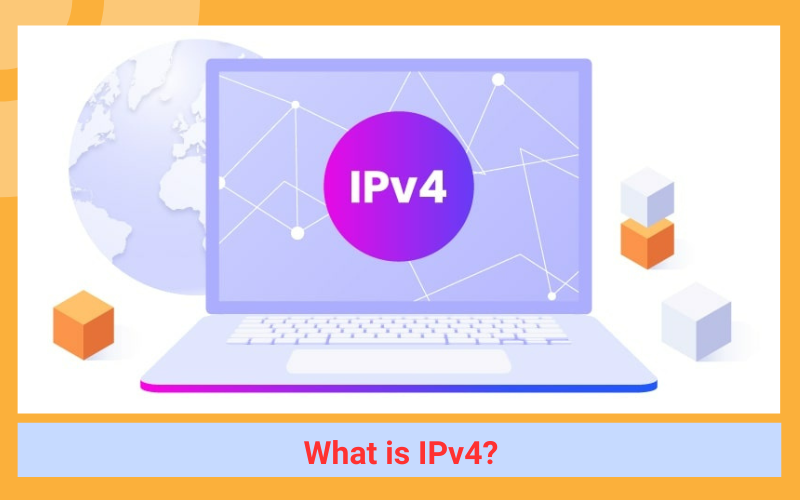
IPv4 utilizes a 32-bit address scheme, which is likely the format you’re most accustomed to when referring to an IP address. This system allows for nearly 4.3 billion unique addresses, although certain blocks of IP addresses are designated for specific purposes.
An example of an IPv4 address would be:
192.168.10.150
What is IPv6?
IPv6 is the more recent iteration of the Internet Protocol that employs a 128-bit address format, which incorporates both numbers and letters for a vastly expanded address space. Below is an example of what an IPv6 address looks like:
3002:0bd6:0000:0000:0000:ee00:0033:6778
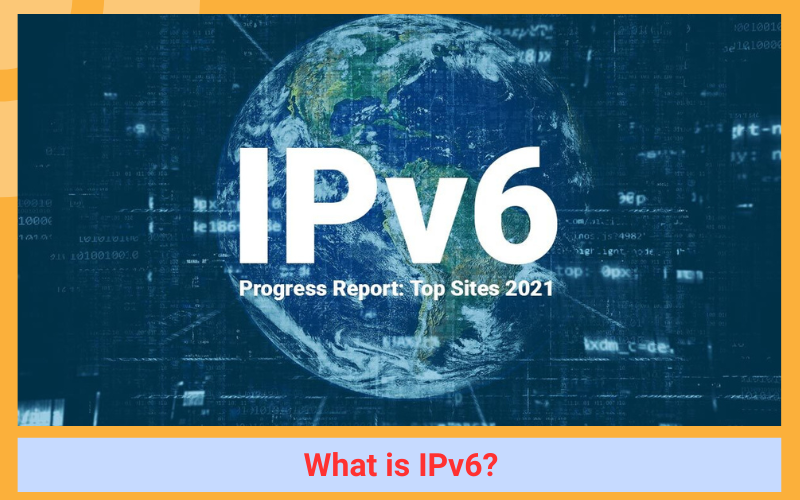
Why Do We Need a New Version of IP?
You may be curious about the necessity for IPv6’s existence. While the 4.3 billion potential IP addresses provided by IPv4 might appear sufficient, the reality is that our global needs far exceed this number.
With the world’s population owning an ever-increasing array of devices, coupled with the exponential growth of IoT (Internet of Things) devices and sensors, the demand for IP addresses has skyrocketed. The simple truth is that we were depleting the available pool of unique IPv4 addresses, which is the primary catalyst for the transition to IPv6.
Beyond this pressing need for more addresses, there are additional technical motivations for adopting IPv6, which we will delve into next.
What are the Differences Between IPv4 and IPv6?
The primary distinction between IPv4 and IPv6 lies in their addressing capabilities. IPv4 utilizes a 32-bit address format, which is strictly numeric and delineated by periods. In contrast, IPv6 employs a 128-bit address format, which is alphanumeric and separated by colons. This expansion in address space means that IPv6 can offer 1,028 times more addresses than IPv4, effectively resolving the issue of address exhaustion for the foreseeable future.
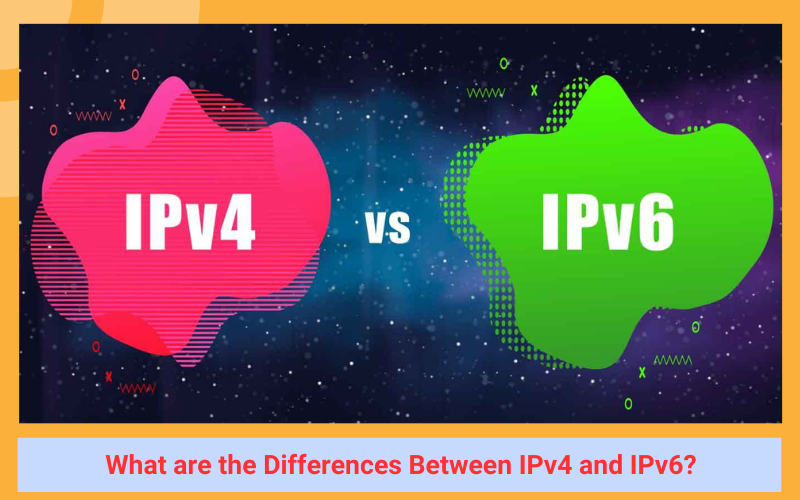
Here are examples of each address type:
- IPv4: 192.168.10.150
- IPv6: 3002:0bd6:0000:0000:0000:ee00:0033:6778
While there are numerous technical improvements in the transition from IPv4 to IPv6, it’s not essential for non-developers to be familiar with all the intricate details. However, it’s beneficial to have a general awareness of the advancements that IPv4 vs IPv6 bring to the table, as they play a crucial role in shaping the internet’s infrastructure and enhancing user experience.
- IPv6 includes a built-in Quality of Service (QoS) feature.
- It also has an integrated network security layer known as IPsec.
- IPv6 eliminates the need for Network Address Translation (NAT), enabling direct end-to-end connectivity at the IP level.
- Multicasting is a fundamental specification in IPv6, as opposed to being an optional feature in IPv4. This allows for the distribution of a packet to multiple destinations simultaneously.
- The packet headers in IPv6 are larger, approximately twice the size of those in IPv4.
How Many Addresses are Available in IPv4 vs IPv6?
As previously mentioned, IPv6 can accommodate 1,028 times more IP addresses than its predecessor, IPv4.
To put it into perspective, IPv4 has an address capacity of approximately 4.29 billion unique addresses. In stark contrast, IPv6 supports a staggering number of addresses, best expressed as 2^128 different combinations. To grasp the sheer magnitude of this number, here’s the exact count of unique IPv6 addresses available: 340,282,366,920,938,463,463,374,607,431,768,211,456.
With such an extensive range of addresses, it’s safe to say that we’re unlikely to exhaust the IPv6 address pool anytime soon!
Which is Faster: IPv4 or IPv6?
When it comes to the speed of IPv4 versus IPv6, there isn’t a significant difference overall, although some data points to IPv6 being marginally quicker in certain scenarios.
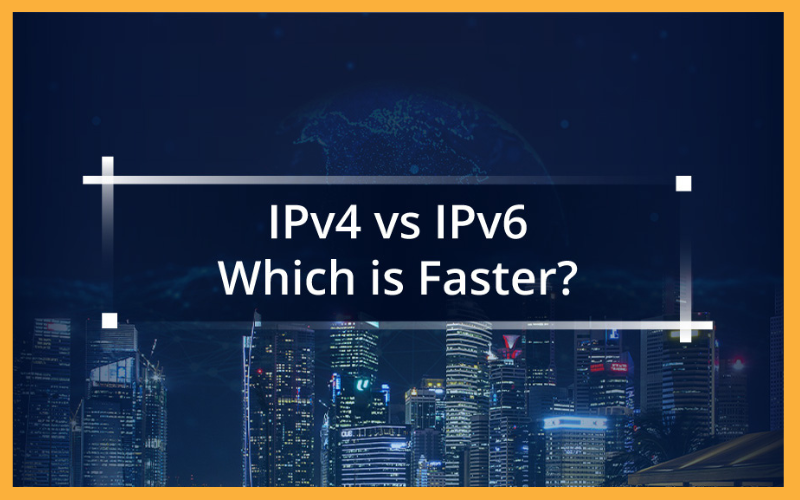
On one hand, security company Sucuri conducted tests on websites that support both protocols and found negligible speed differences for the majority of sites. On the other hand, there are instances where IPv6 demonstrates superior speed. For instance, Facebook’s Engineering blog noted a 10-15% speed increase when accessing their site via IPv6.
Similarly, Akamai’s research involving an iPhone on a mobile network revealed a median site load time that was 5% faster with IPv6 compared to IPv4.
Nonetheless, numerous factors affect network performance, making it challenging to draw definitive conclusions without precise experimentation.
One potential reason for IPv6’s speed advantage is the absence of Network Address Translation (NAT), which can slow down IPv4. However, the larger packet headers in IPv6 might offset this benefit in some situations.
Which is More Popular: IPv4 or IPv6?
Despite the growing adoption of IPv6, IPv4 remains the predominant Internet Protocol in use today.
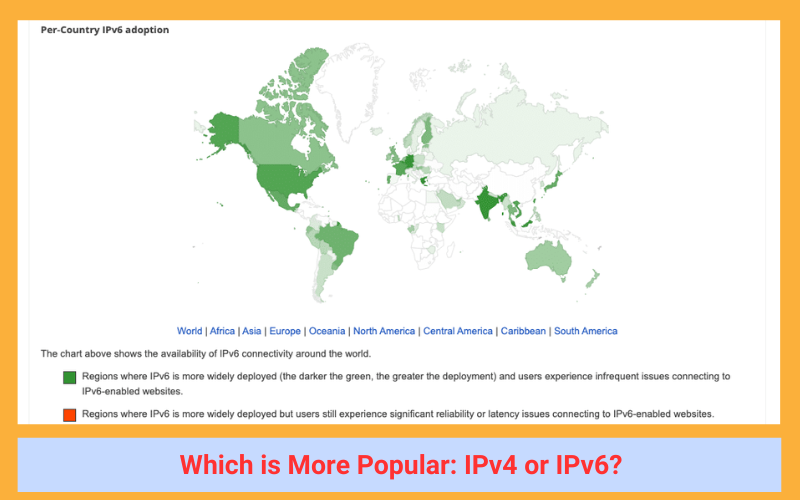
Google provides publicly accessible statistics that track the IPv6 availability among its users globally. These figures represent the proportion of traffic to Google’s websites that utilize IPv6 instead of IPv4.
Globally, the availability of IPv6 is approximately 32%, but this varies significantly from country to country. For instance, the United States has surpassed 41% in IPv6 adoption, the United Kingdom is around 30%, and Spain lags behind with just 2.5% adoption.
Conclusion
In conclusion, the transition from IPv4 to IPv6 marks a significant evolution in Internet Protocols, addressing the limitations of address space and introducing enhancements in security, efficiency, and performance. The comparison of IPv4 vs IPv6 highlights the necessity for a more robust and scalable internet infrastructure. While IPv4 has served us well for decades, the exponential growth of the internet and connected devices necessitates the adoption of IPv6 to sustain the future of global connectivity.
As we witness the gradual shift towards IPv6, it’s crucial to stay informed about the latest developments in internet technology, including the IPv4 vs IPv6 advancements. For more insightful information and useful updates, be sure to follow twistory.net. Embrace the change and be part of the next chapter in the internet’s ongoing story.

